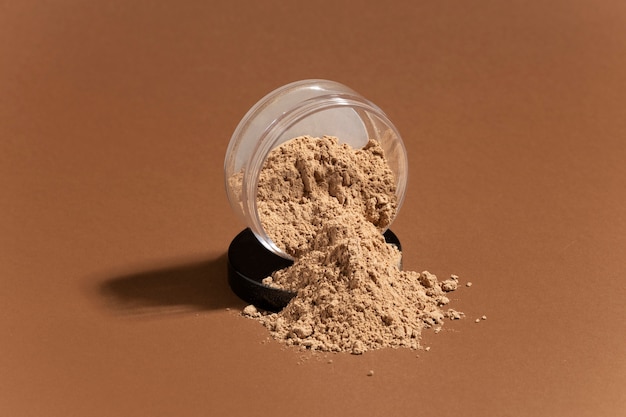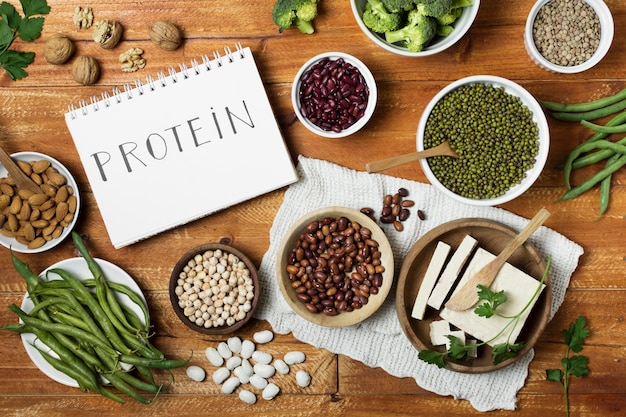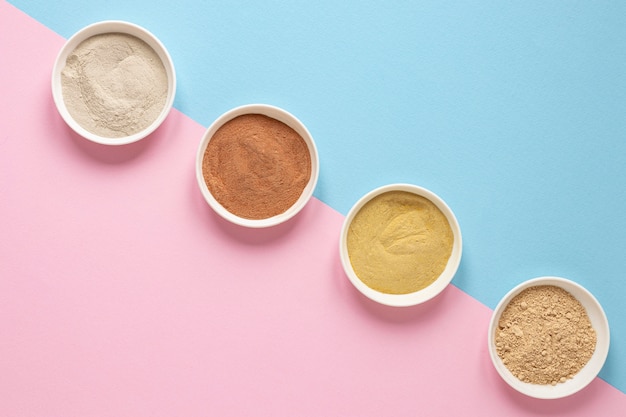When it comes to building muscle and eating healthier, protein is king. But with so many options on the market, how do you choose the right one? Plant protein and whey protein are two of the most popular choices—especially among men focused on muscle gain, recovery, and long-term health. But which one is truly better?
In this comprehensive guide, we’ll break down the science, benefits, and drawbacks of both plant and whey protein. We’ll also give you a simple plan to start fast, stay consistent, and measure results weekly—designed specifically for muscle gainers who want real, measurable progress.
Whey protein is derived from milk during the cheese-making process. It’s a complete protein, meaning it contains all nine essential amino acids your body can’t produce on its own. Whey is especially rich in branched-chain amino acids (BCAAs), particularly leucine, which plays a key role in triggering muscle protein synthesis.
There are three main types of whey:
Whey is rapidly absorbed, making it ideal for post-workout recovery. Numerous studies show it effectively supports muscle growth, strength, and recovery when combined with resistance training.

Plant protein comes from sources like peas, rice, hemp, soy, and pumpkin seeds. Unlike whey, most plant proteins aren’t complete on their own—but many commercial blends combine sources (like pea and rice) to provide all essential amino acids.
Plant proteins are naturally lactose-free, cholesterol-free, and often easier on digestion for those with sensitivities. They also come with added benefits like fiber, antioxidants, and phytonutrients, which support gut health and reduce inflammation.
Soy protein is one of the few plant-based complete proteins and has been shown in research to support muscle growth nearly as effectively as whey when consumed in adequate amounts.

| Factor | Whey Protein | Plant Protein |
|---|---|---|
| Complete Protein | Yes | Often blended to be complete |
| BCAA Content | High | Moderate (varies by blend) |
| Digestion Speed | Fast | Moderate to slow |
| Allergens | Contains dairy | Usually allergen-free (check labels) |
| Environmental Impact | Higher carbon footprint | Lower environmental impact |
Both whey and plant protein can support muscle growth when consumed as part of a balanced diet and consistent training program. Whey has a slight edge due to its high leucine content and rapid absorption, making it ideal for post-workout nutrition.
However, recent studies show that well-formulated plant protein blends—especially those combining pea, rice, and soy—can deliver comparable muscle-building results over time. The key is consistency and total daily protein intake (aim for 1.6–2.2g of protein per kg of body weight).
Success isn’t about which protein you choose—it’s about how consistently you use it. Follow this 3-step plan:
The best protein is the one you’ll use consistently. If you tolerate dairy well and want maximum muscle-building efficiency, whey protein is a proven, science-backed choice.
If you’re vegan, lactose intolerant, or focused on sustainability, a high-quality plant protein blend can deliver excellent results—especially when combined with a varied, nutrient-dense diet.
Ultimately, both can help you eat healthier, build muscle, and stay strong. Focus on total protein intake, training consistency, and weekly tracking—and you’ll see results, no matter which side of the plant-whey debate you’re on.

Fitness

Fitness

Fitness

Fitness

Fitness

Wellness

Wellness

Fitness

Health

Health

Fitness

Health

Health

Fitness

Health

Health